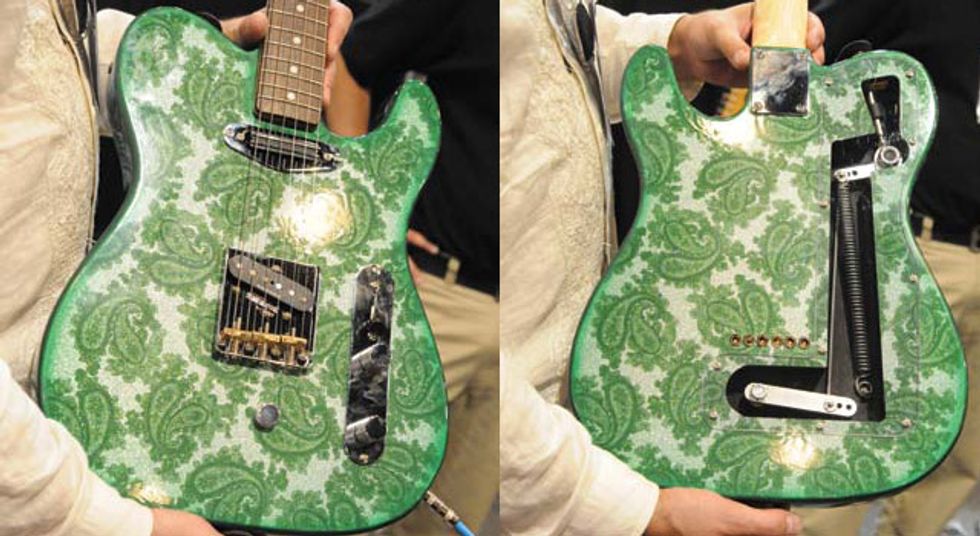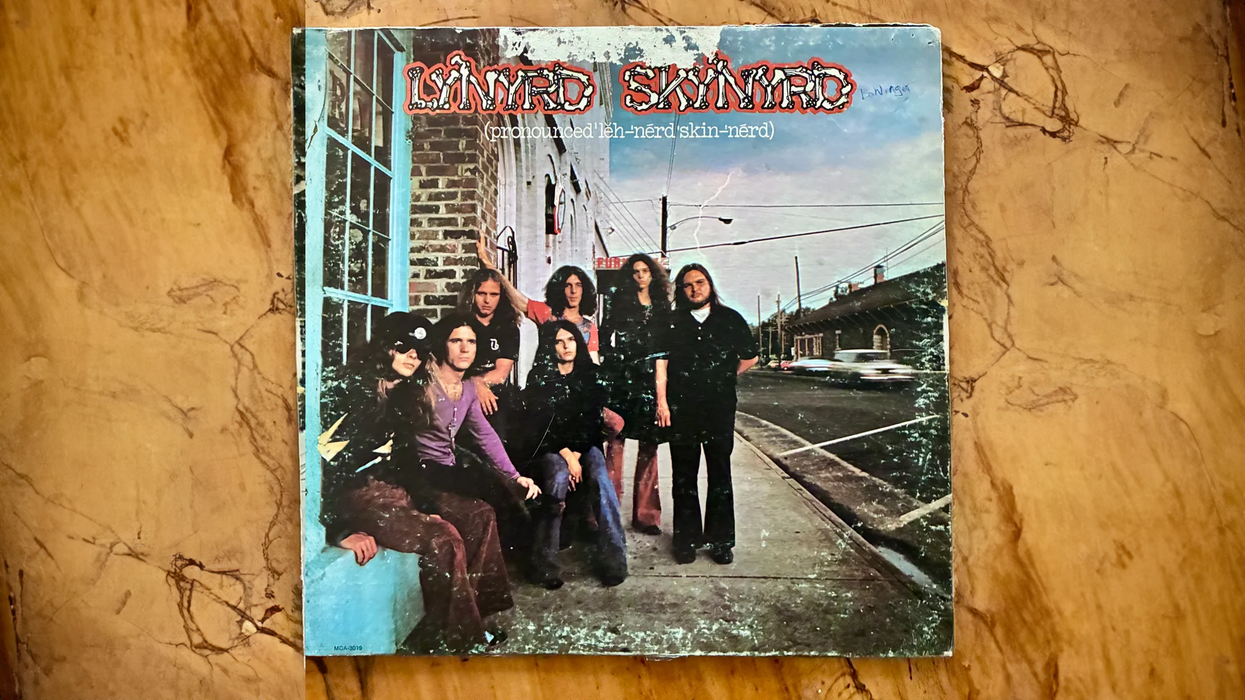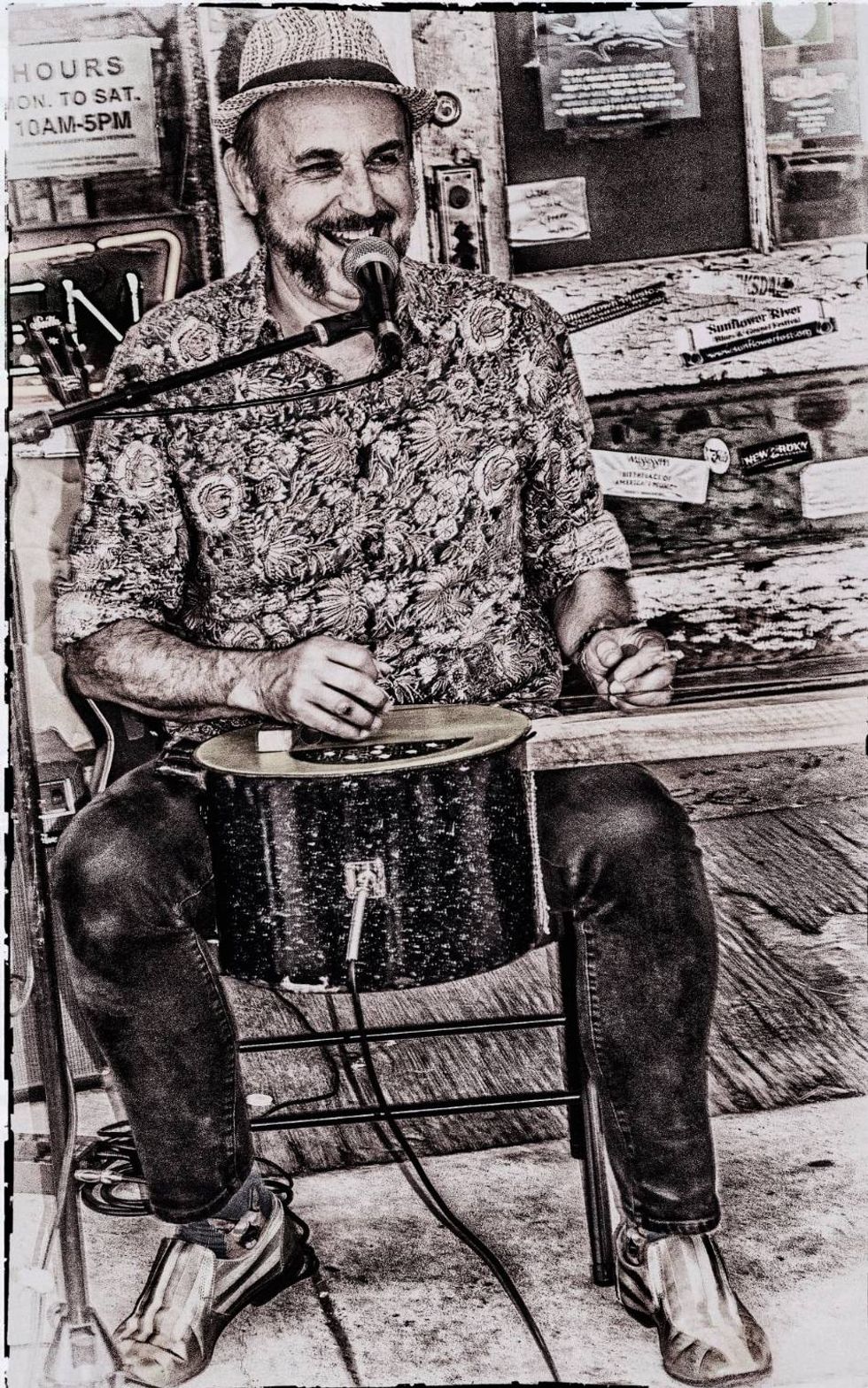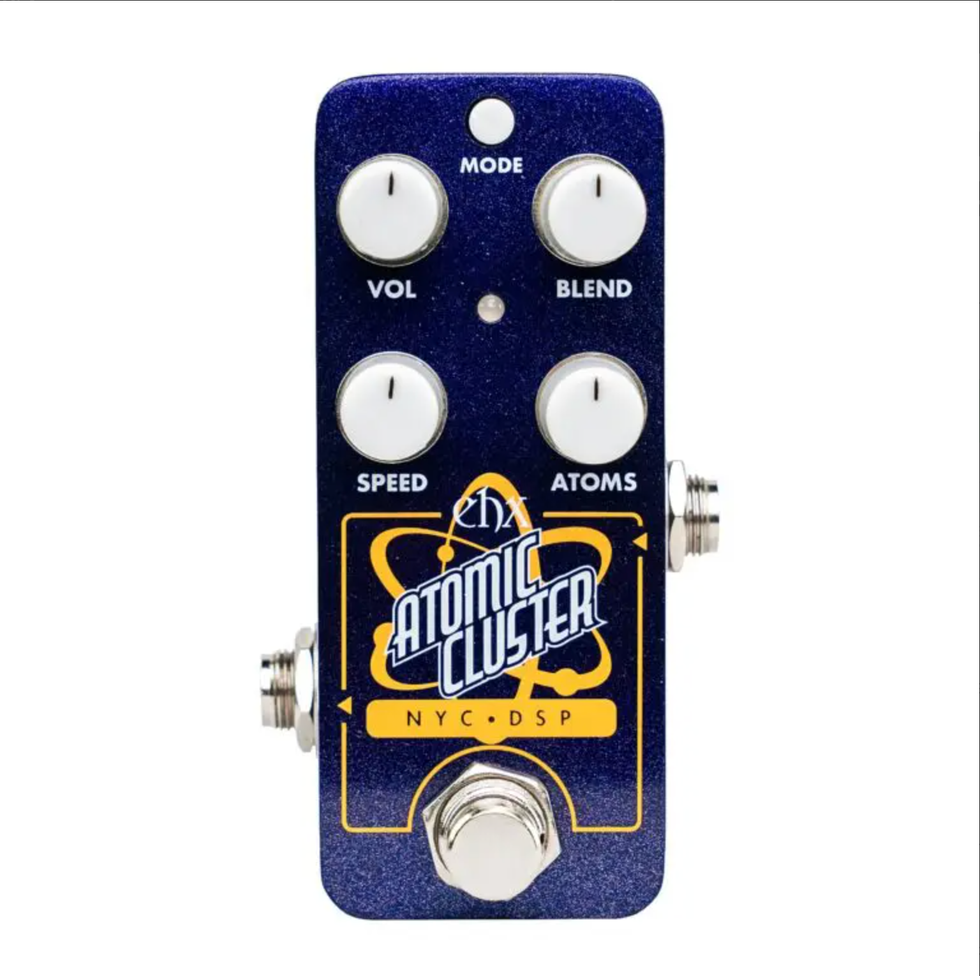Left: A Forrest Lee Jr. T-style guitar equipped with
a B-string bender. Right: The Lee bender mechanism.
The B-Bender guitar became my white whale after Albert Lee introduced me to the pull-string's magic in his instructional video from the early '80s. This predated YouTube—even the internet, for that matter—and nobody I knew in my home state of Montana had one, so my research was limited to that one pirated VCR tape, guitar-store hearsay, and rumors. It was the equivalent of learning about human reproduction on the 4th-grade playground: Few of the facts were right, but eventually I pieced together the general idea.
I learned that the late, great Clarence White and his buddy Gene Parsons hollowed out two Tele bodies and inserted a series of levers that pulled his B string up roughly a whole-step. Eventually they refined the system so it fit in a single Tele body, though the mechanism remained big and required a lot of wood to be hacked out from the back of a doomed guitar. I didn't actually see someone playing a benderequipped guitar until years later when I moved to Nashville and met Joe Glaser.
Joe, a pedal steel player by trade and genius inventor by birth, played in a band with a guy who wanted a bender. Joe, driven by intellectual curiosity and an I-can-probably-do-that spirit, designed a better bender built into the Tele bridge (similar to the pull mechanism on a pedal steel), which saved his friend's Tele from the heavy routing of the Parsons/White bender. Joe's prototype was a success—word got out about the Glaser design and soon his clients included the world's best players from Ricky Skaggs to Brad Paisley.
I saved long and hard and eventually paid Joe to install his bender in my Valley Arts T-style guitar, which I love to this day. I became so hooked on the thing that I wanted one in my Les Paul. When I asked about it, Joe smiled and said, “Sorry John, I did it for Jimmy Page but it's a bit too labor-intensive for the likes of you."
So my search began for somebody who could do it, and affordably.
Several messy, unsuccessful attempts eventually prompted me to give up on the Les Paul and instead find a great sounding, yet affordable guitar I wouldn't mind cutting a big hole in. I chose the PRS SE One, which has all the vibe of an old Junior at a bargain price. Through hours of net research I found Forrest Lee Jr., a hillbilly renaissance man who, in addition to being a killer Tele picker, has a strong computer geek background and a passion for hotrodding classic muscle cars.
Utilizing these three fields of expertise, Forrest began making his own benders that borrowed a bit from classic designs while implementing his own improvements. Through some crazy engineering and plenty of cussing my name, Forrest was able to come up with a dead-on accurate bender for the PRS. I loved it so much I eventually had him undo all the damage to my old Les Paul and install one of his benders in place of those expensive mistakes. Much like Glaser, Forrest has grown a loyal following for his benders—so loyal, in fact, that Forrest landed a deal with Washburn Guitars.
In a bold move, Washburn offers the Forrest Bender in a single-cutaway dreadnought with a cedar top, rosewood back and sides, and Fishman electronics. The bender is a compact unit hidden within the guitar, which makes for nearly invisible stealth bending. Forrest gave me a long explanation of how his “push-to-pull" system works, but it's like describing how to build a rocket out of old Chevy parts and gardening tools. Forrest's Washburn acoustic bender model will hopefully be hitting music stores within this year.
Ironically, Gibson recently asked Glaser to design a bender for a Les Paul. Joe modified his design to fit in a beautiful Les Paul Special featuring two classic P-90 pickups. To the casual observer, it looks like a sexy, old fat-top Les Paul with individual saddles for each string, making intonation dead on. But pull down on the neck and voilà—you sound a bit like Clarence White (or Albert King, depending on the riff ). As an ingenious bonus for the never-satisfied gear tweaker, Joe built his Gibson Glaser so you can easily convert it to bend the B or G string. (FYI: Brad Paisley is a G-bender guy.) This guitar is insanely cool.
What makes both the Glaser Gibson bender and the Forrest Lee Washburn acoustic bender even more amazing is that both models will be affordable enough that a kid with a paper route and a little patience could buy one. The prices are not cemented, but will probably be less then $1,500. One could spend that much alone on having a bender installed in a Les Paul you already own.
I'm a little ambivalent about this. On one hand, these bender guitars are such great bargains that I want in. I would buy both of them tomorrow if I had the doughre- mi and they were in stock. On the other hand, the bender was one of my secret weapons and I'm not thrilled about everyone knowing my tricks. I liked it better when few knew how I was doing that fake pedal steel stuff.























